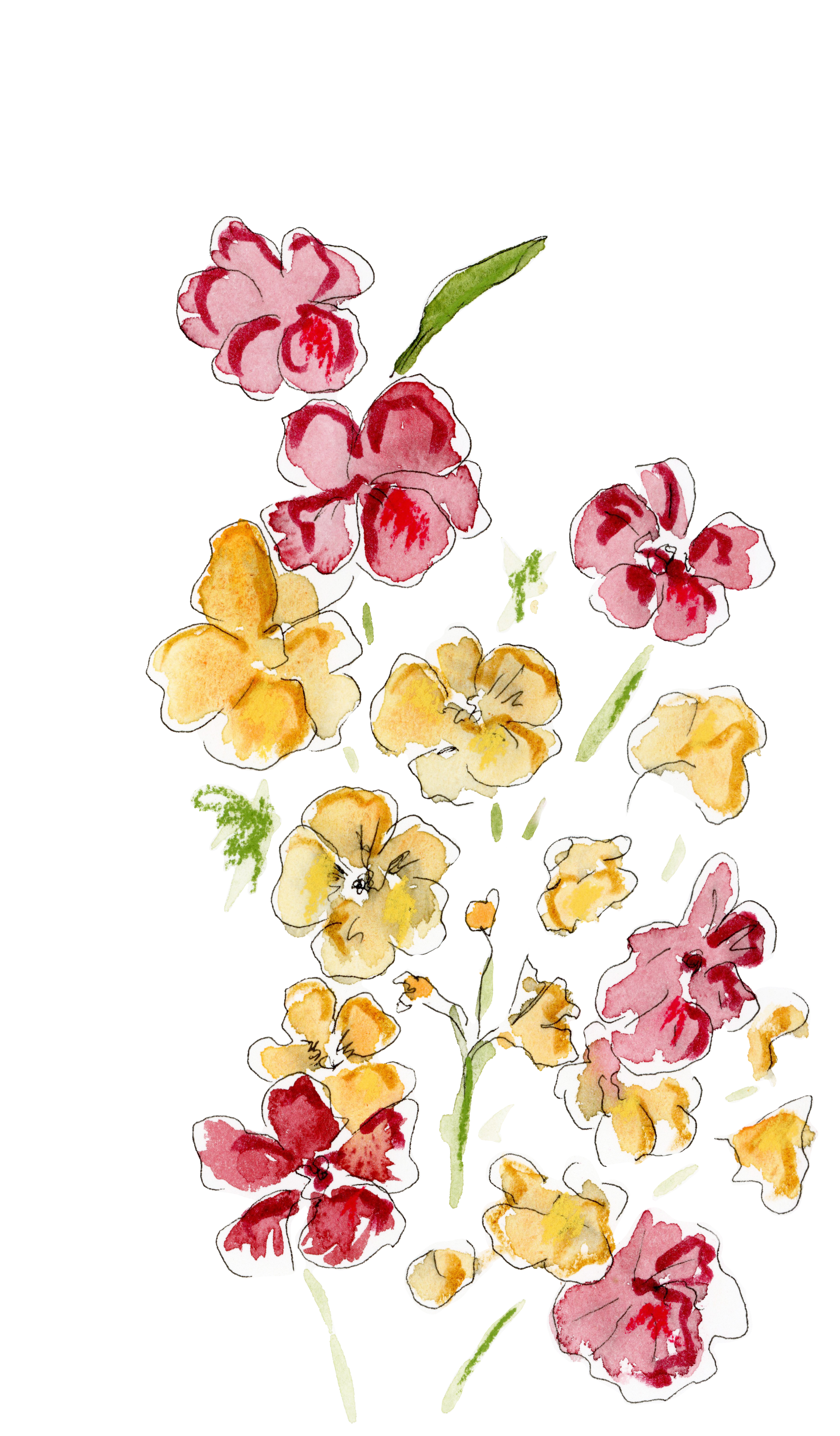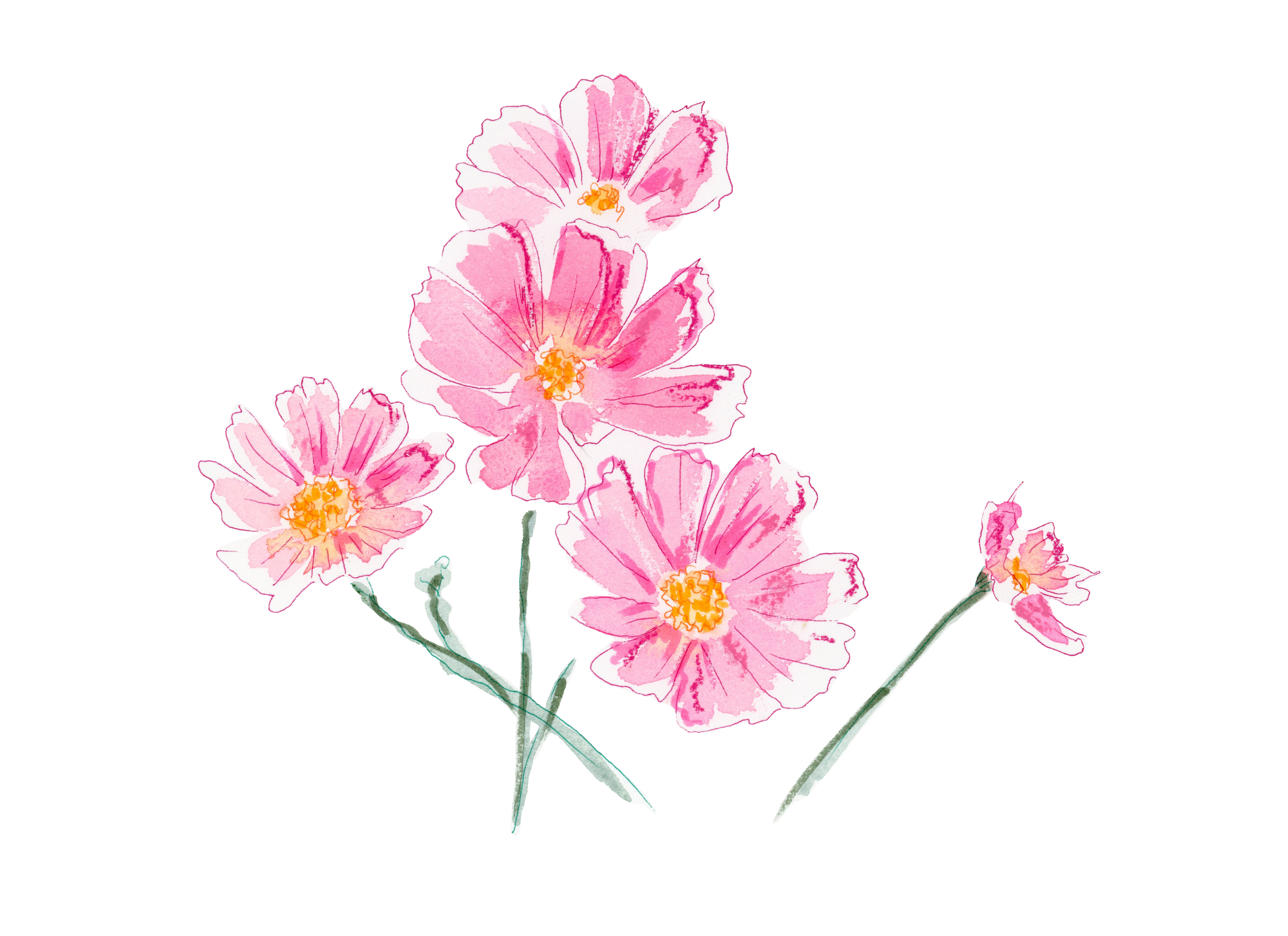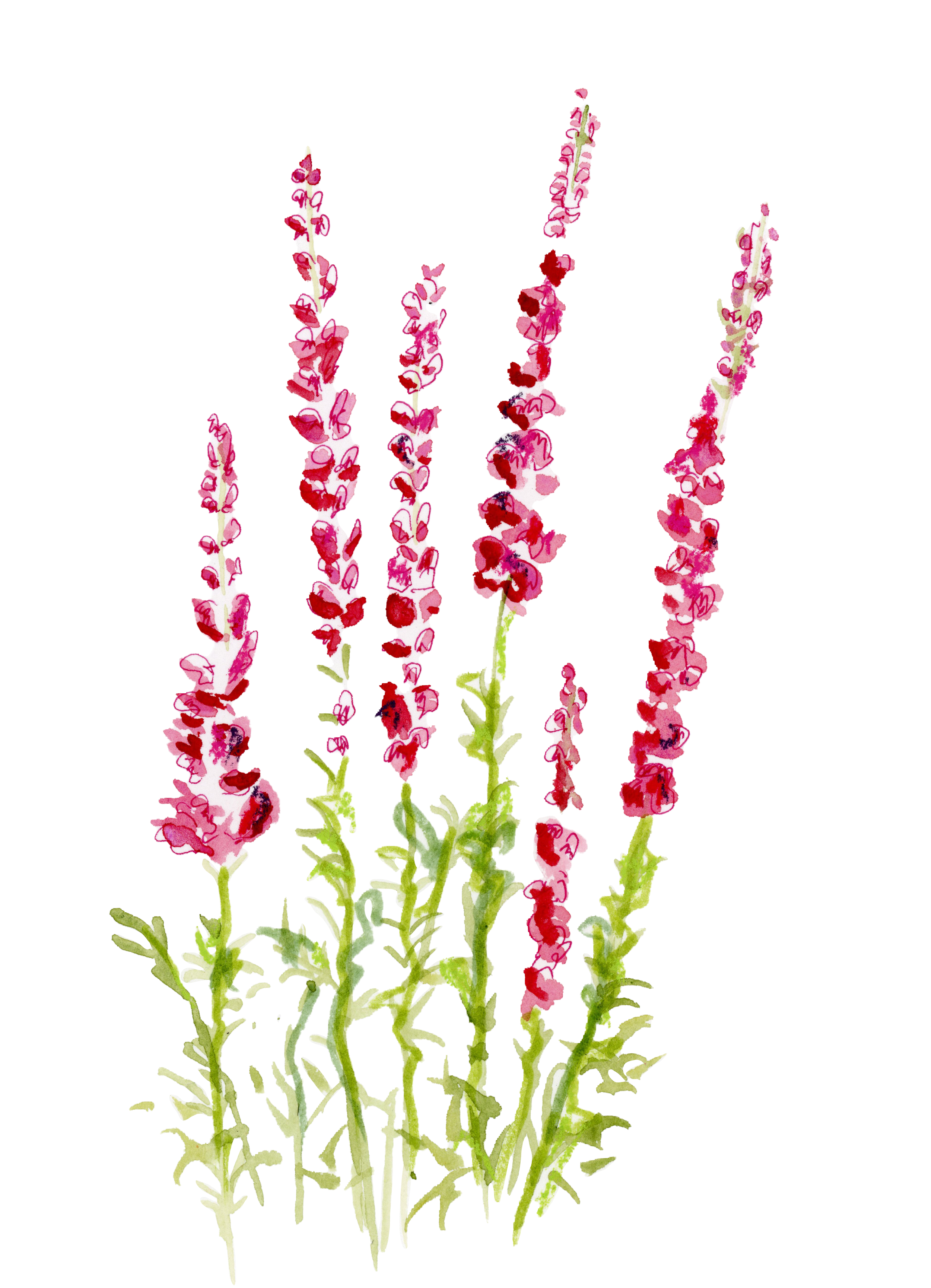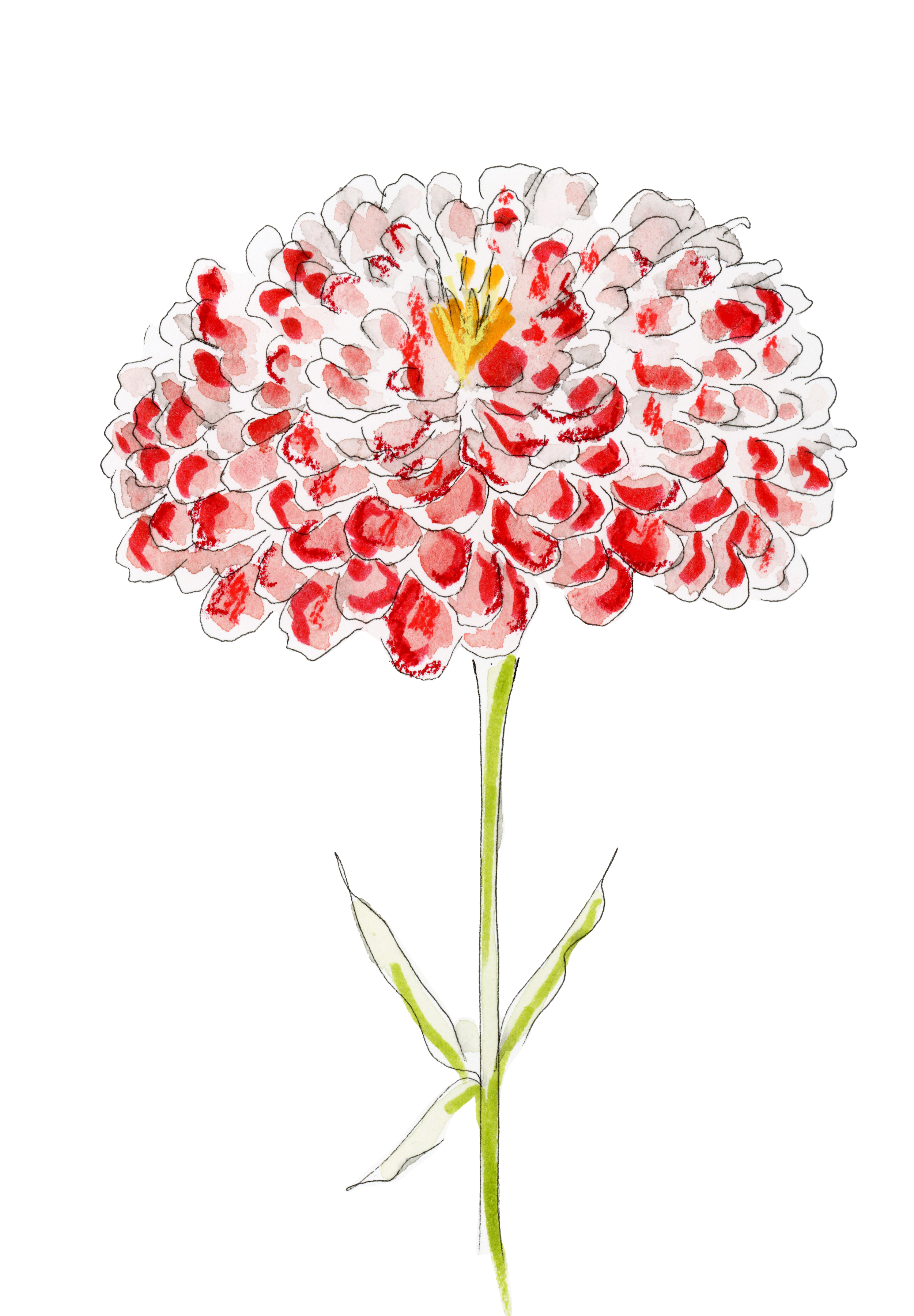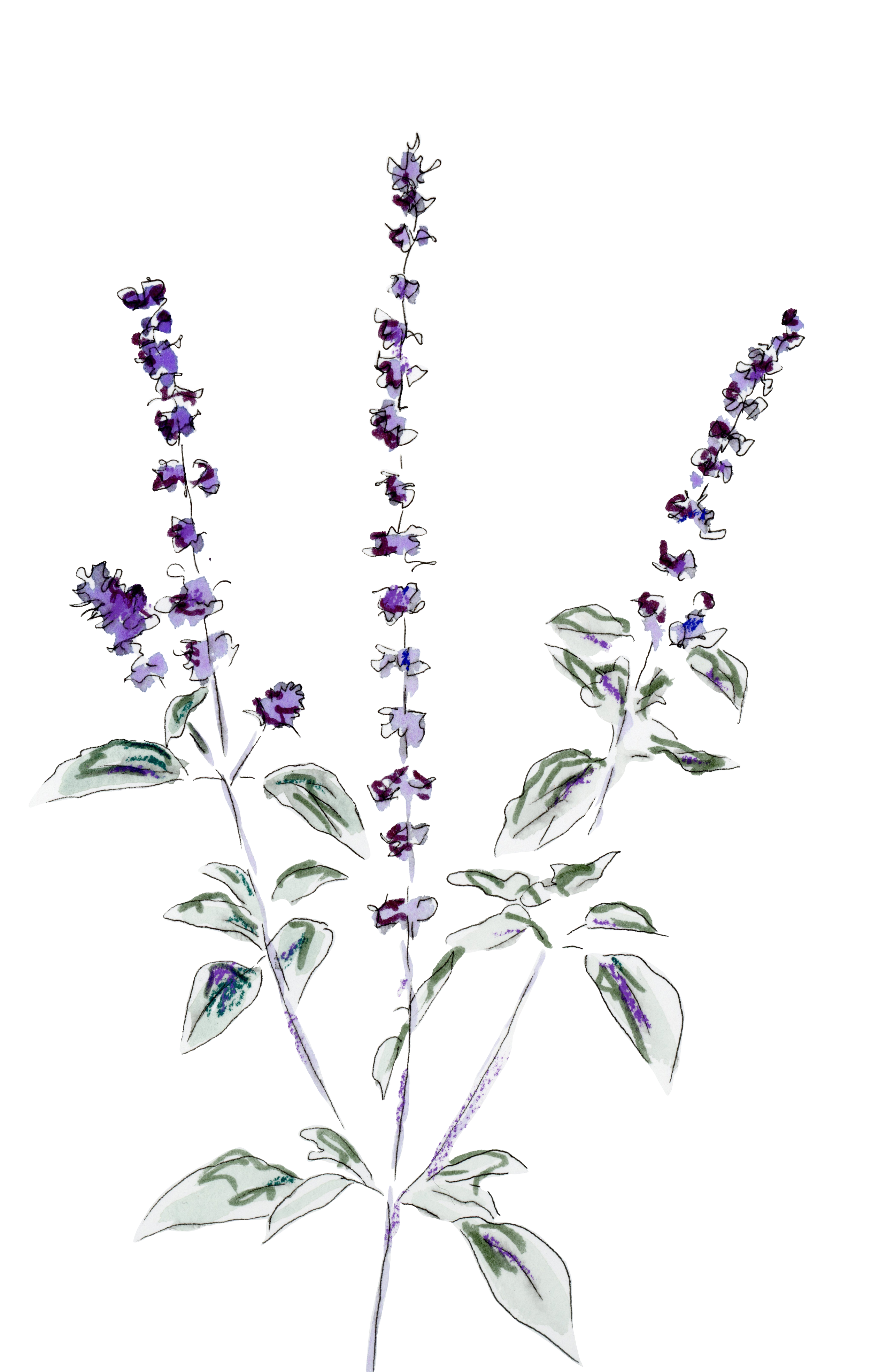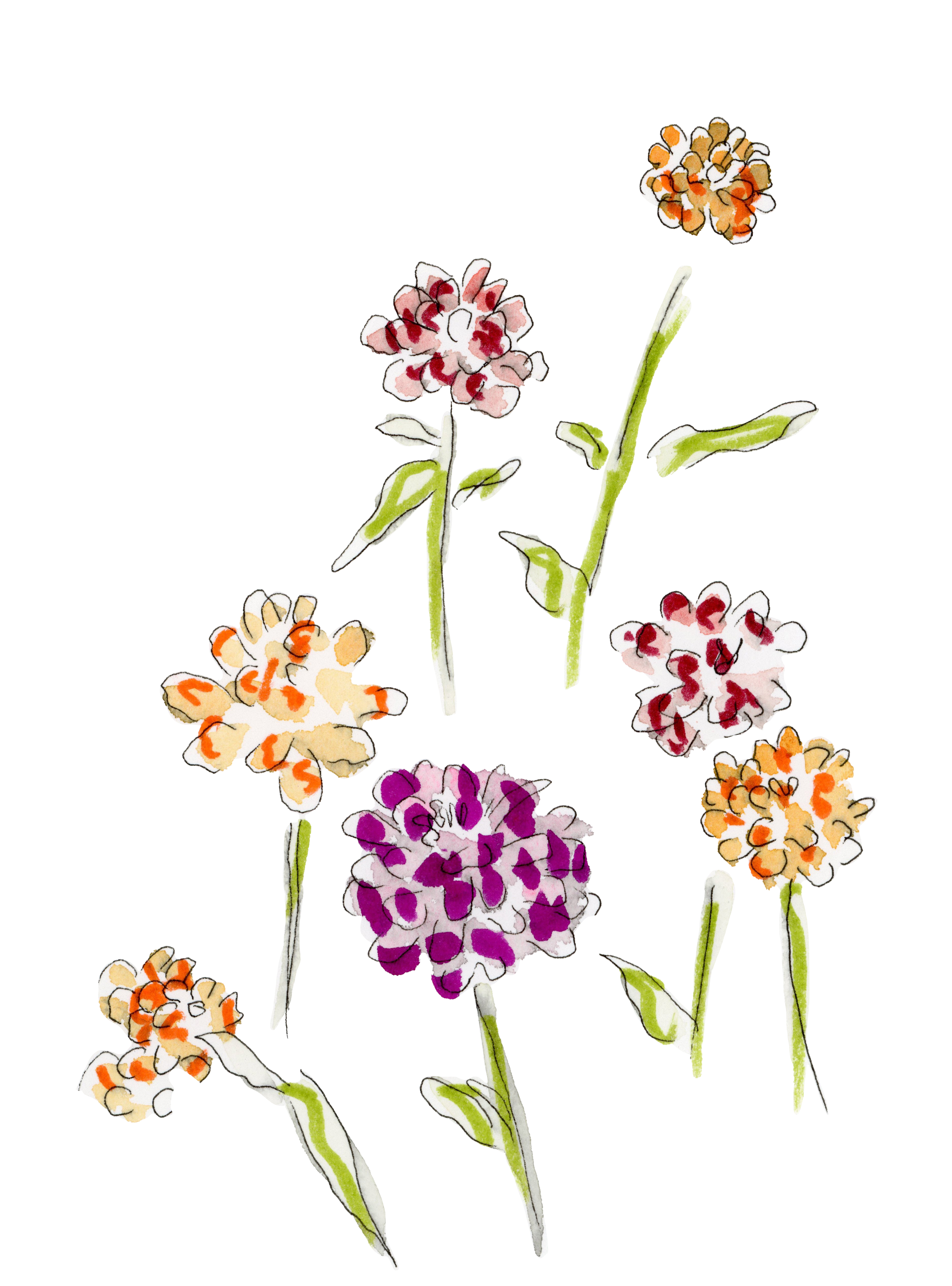What’s Growing in the Garden: Florals
If you’ve visited Scribner’s Catskill Lodge in the spring, summer, or early fall, you’ve likely encountered Scribner’s Garden.
Maybe you’ve wandered through the lush and peaceful landscape, pausing to pluck a sprig of fresh mint, inhale the heady scent of vine-ripened tomatoes, or watch a bumblebee pollinate a flower. Maybe you’ve attended one of the many dinners, cocktail parties, workshops, or small weddings that have occurred within the garden’s bounds. Or maybe you’ve enjoyed a meal at Prospect, where the garden’s bounty has made its way onto your plate (or into your cocktail garnish — more on that soon).
Small in size, yet undeniably mighty, Scribner’s Garden is home to a wide variety of seasonal fruits, vegetables, legumes, herbs, and flowers, all of which are hand-selected by Head Horticulturist and Groundskeeper Andrew Koehn.
For Koehn, nurturing plants has been a lifelong passion. “For my sixteenth birthday,” he recalls, “My father asked me if I wanted a car, and I said, ‘No, I want a greenhouse.’” So began a long and fruitful gardening career in New York State. Prior to joining Scribner’s in 2018, Koehn worked in horticultural education, owned a nursery where he offered landscaping and floral design services, and served as garden manager of New Paltz’s historic Mohonk Mountain House.
Koehn believes strongly in the power of plants to teach, connect, and ground us. Labeling the plants grown in Scribner’s Garden — so that guests can learn their names — was his idea, as was the delineation of a specific area of the garden where guests can pick their own seasonal produce: things like cherry tomatoes, raspberries, and small, sweet bell peppers that “can be eaten like apples.”
Ambling through the garden on a balmy day, you’ll experience the tranquility that lovingly-tended plants exude, as well as the (literal) fruits of Koehn’s labor. Perhaps most notable on a visual and olfactory level, though, is the thoughtfully-curated assortment of flowers that erupt in vibrant clouds around the produce each year. These, Koehn says, are mostly intended to be cut, arranged, and sold — so that hotel guests and local residents alike can enjoy the garden’s abundance from the comfort of their rooms and homes.
Though local wildflowers like tansies, buttercups, rue anemone, and black-eyed Susans blanket the hills surrounding Scribner’s, Koehn says these generally don’t produce long-lasting cut flowers. In Scribner’s Garden, he grows an array of what he calls “classic New England farm flowers” — zinnias, cosmos, amaranth, and snapdragons (his personal favorite) — as well as three types of edible flowers: nasturtiums, gem marigolds, and African blue basil.
This last has made its way into the Scarlet Buck, a delicious craft cocktail available at Prospect. Below, we’ve included the recipe so you can make this perfect pairing of horticulture and mixology at home:
Scarlet Buck
(recipe yields one cocktail)
Ingredients:
- 2 African Blue Basil leaves (Traditional green basil can work as a substitute)
- .25oz Honey Syrup (recipe below)
- Scant .5oz Lemon Juice
- Scant .5oz Spicy Ginger Syrup (recipe below)
- .75oz Old Overholt Rye
- 1.25oz Current Cassis
Instructions: Shake ingredients and double strain into a rocks glass. Garnish with an African blue basil flower.
Honey Syrup Recipe
Ingredients:
2:1 Honey to Water by weight
Spicy Ginger Syrup Recipe
Ingredients:
1:1 Ginger Juice to Demerara Sugar by weight
Find @scribnersprospect and @scribnerslodge in Hunter, New York. www.scribnersprospect.com www.scribnerslodge.com
By Annabel Graham
Ilustrations by Alexandra Reboul
Images courtesy of Moriah Wolfe + Rebecca Fogg



